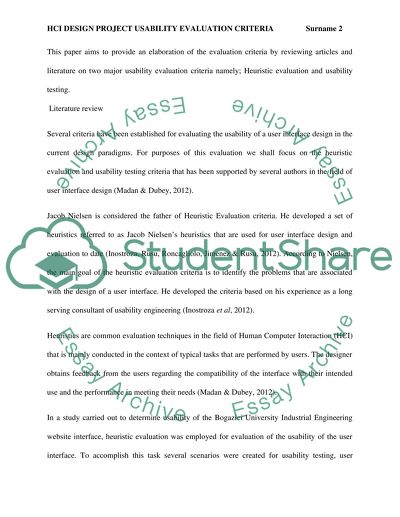Cite this document
(“HCI Design Project Usability Evaluation Criteria Research Paper”, n.d.)
Retrieved from https://studentshare.org/information-technology/1684601-hci-design-project-usability-evaluation-criteria
Retrieved from https://studentshare.org/information-technology/1684601-hci-design-project-usability-evaluation-criteria
(HCI Design Project Usability Evaluation Criteria Research Paper)
https://studentshare.org/information-technology/1684601-hci-design-project-usability-evaluation-criteria.
https://studentshare.org/information-technology/1684601-hci-design-project-usability-evaluation-criteria.
“HCI Design Project Usability Evaluation Criteria Research Paper”, n.d. https://studentshare.org/information-technology/1684601-hci-design-project-usability-evaluation-criteria.


